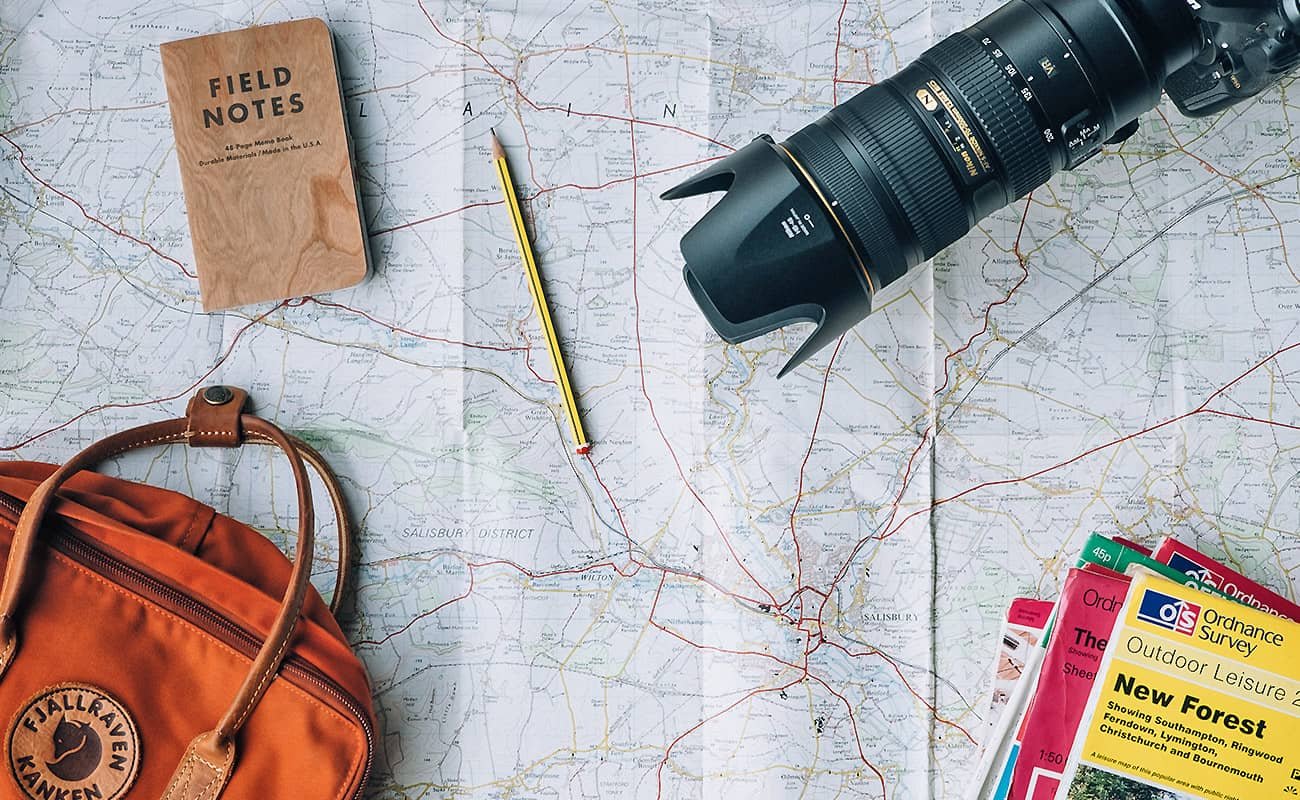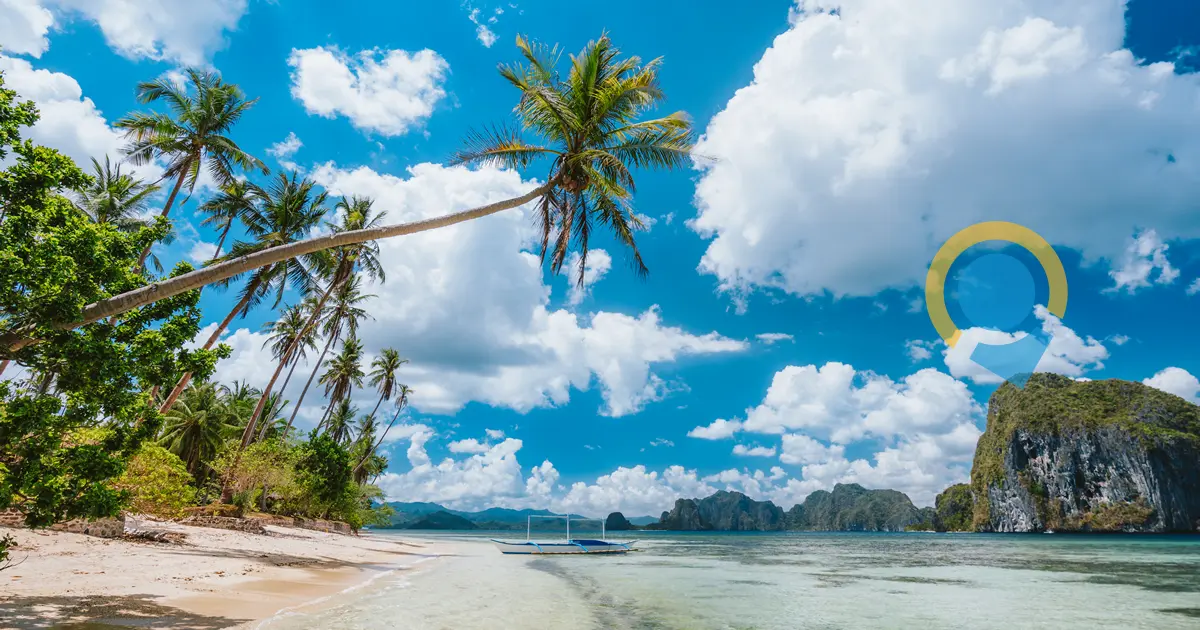
The Philippines, an archipelago nation of over 7,000 islands, offers a diverse range of experiences from stunning beaches to vibrant cities and ancient rice terraces. To make the most of your adventure, here’s what you need to know:
1. Best Time to Visit
The Philippines experiences a tropical climate with three distinct seasons:
Dry Season (November–April):
This is generally considered the best time to visit, offering plenty of sunshine and minimal rain.
Cooler Dry Season (December–February):
These months bring the most comfortable temperatures, making them ideal for exploring. Expect more tourists during this period, especially around Christmas and New Year’s.
Hot Dry Season (March–May):
Temperatures rise significantly during these months, often reaching their peak. While it’s perfect for beach lovers, be prepared for high humidity.
Rainy Season (June–October):
Characterized by frequent rainfall and the occasional typhoon, particularly in northern Luzon and the Eastern Visayas regions. While some travelers visit during this time for fewer crowds and lower prices, be aware that travel plans can be disrupted by adverse weather.
Travel Tip: For a balance of good weather and fewer crowds, consider visiting in May or September. These shoulder months often offer pleasant conditions without the peak season throngs.
2. Visa Requirements & Entry Regulations
Most nationalities can enjoy 30 days of visa-free entry to the Philippines, which can often be extended for up to 36 months. However, it’s crucial to check the specific visa policies for your nationality well in advance of your trip, as regulations can change.
As of June 2025, there are no COVID-19 tests or vaccination requirements for entry into the Philippines. However, it’s always wise to verify the latest travel advisories and entry requirements from official government sources (like the Philippine Department of Foreign Affairs or your own country’s embassy) before your departure.
3. Getting Around the Philippines
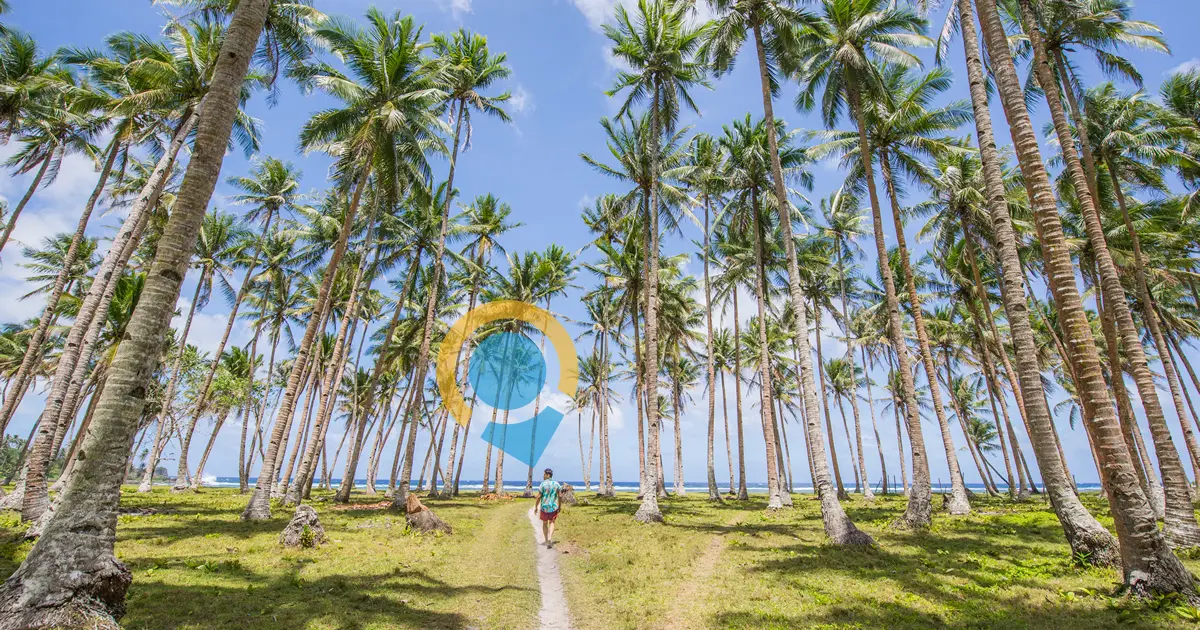
Navigating the Philippines is an adventure in itself, with various modes of transport connecting its many islands and cities.
A. Domestic Flights
For quick inter-island travel, domestic flights are the most efficient option.
Major Airlines: Philippine Airlines, Cebu Pacific, and AirAsia are the primary carriers offering extensive domestic routes.
Booking Tips: To secure the best fares, especially during peak seasons or for popular routes, it’s highly recommended to book your flights well in advance. Keep an eye out for promotional sales offered by budget airlines like Cebu Pacific.
B. Ferries & Boats
For island-hopping adventures and reaching destinations not accessible by air, ferries and boats are indispensable.
Top Operators: Major ferry companies include 2GO Travel (for longer routes and larger vessels) and Oceanjet (known for its faster inter-island services).
Safety Note: Always prioritize safety. Avoid taking small boats during rough weather conditions, as the seas can become unpredictable.
C. Buses & Jeepneys
For land travel, especially for longer distances on larger islands, buses are a reliable and affordable choice.
Jeepneys: These iconic, colorfully decorated vehicles are a unique Filipino cultural experience. While they offer a glimpse into local life and are very cheap, they can be crowded and their routes might be confusing for first-time visitors.
D. Ride-Hailing & Taxis
In major urban centers like Manila and Cebu, ride-hailing apps like Grab are widely used and highly recommended for convenience and safety.
Taxis: When taking a regular taxi, always insist that the driver uses the meter. If they refuse, it’s best to find another taxi.
Safety Precaution: For your safety, avoid unmarked vehicles posing as taxis.
4. Top Must-Visit Destinations
The Philippines boasts an incredible array of destinations, each offering a unique charm:
A. Palawan
Often hailed as the “Last Frontier,” Palawan is an ecological paradise.
- El Nido & Coron: These two northern Palawan gems are famous for their stunning limestone karst cliffs, hidden lagoons, pristine beaches, and world-class diving and snorkeling spots. Island hopping tours are a must.
- Puerto Princesa Underground River: A UNESCO World Heritage Site, this natural wonder allows you to explore an impressive underground river system by boat.
B. Boracay
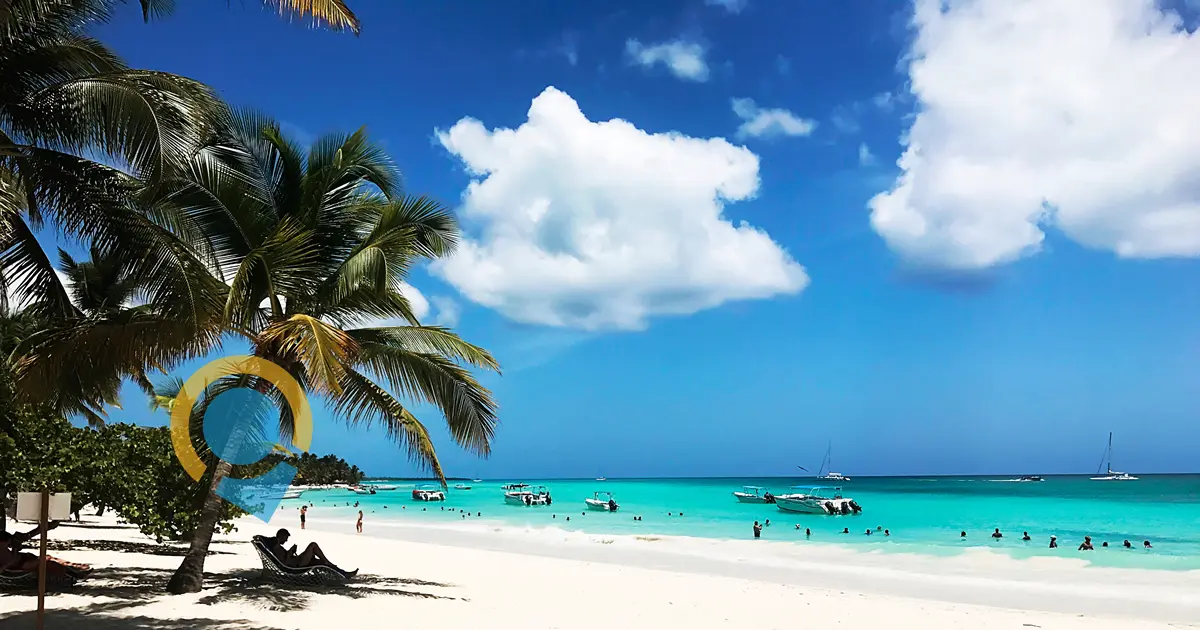
Renowned globally for its powdery white sand and vibrant atmosphere.
- White Beach: Consistently ranked among the world’s best beaches, it’s perfect for swimming, sunbathing, and enjoying breathtaking sunsets.
- Nightlife & Activities: Boracay offers a lively nightlife scene and a wide range of water activities, including parasailing, paddleboarding, and scuba diving.
C. Cebu & Bohol
These two central Visayan islands are often combined for a diverse itinerary.
- Cebu: Known for Kawasan Falls (a popular spot for canyoneering adventures), and the opportunity to swim with whale sharks in Oslob (though responsible tourism practices are encouraged).
- Bohol: Home to the iconic Chocolate Hills, thousands of perfectly cone-shaped hills that turn brown in the dry season, and the tiny, adorable Philippine tarsiers.
D. Siargao
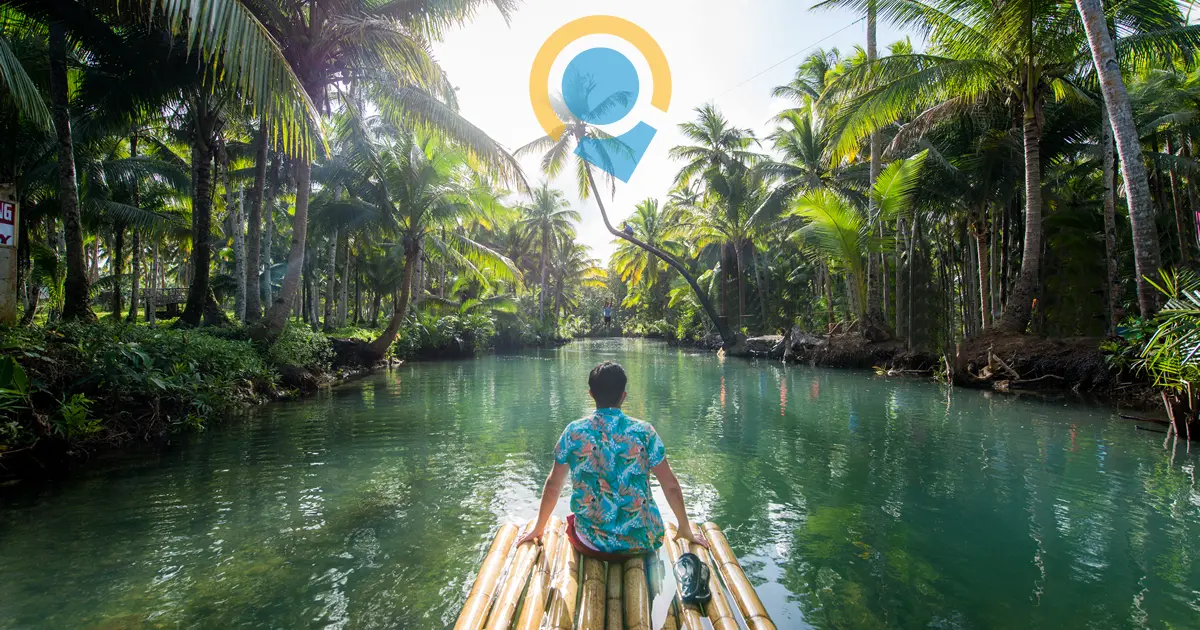
The undisputed surf capital of the Philippines, Siargao offers a laid-back, bohemian island vibe.
- Surfing: Cloud 9 is its most famous break, attracting surfers from around the world.
- Island Hopping: Beyond surfing, explore hidden gems like Sugba Lagoon and take island hopping tours to nearby Naked, Daku, and Guyam Islands.
E. Banaue & Sagada (Cordillera Region)

For a cultural and mountainous escape, head to the northern Luzon highlands.
- Banaue Rice Terraces: These UNESCO-listed ancient rice terraces, carved into the mountainsides by indigenous people over 2,000 years ago, are often called the “Eighth Wonder of the World.”
- Sagada: Explore its unique burial practices, including the hanging coffins, and venture into its mysterious caves.
5. Money-Saving Travel Tips
Traveling in the Philippines can be quite affordable with a few smart strategies:
- Eat Local at Carinderias: For incredibly budget-friendly and authentic Filipino meals, seek out “carinderias.” These local eateries offer delicious, home-style dishes for as little as $1-$3 per meal.
- Utilize Public Transport: Opt for buses, jeepneys, and local tricycles over private taxis whenever possible to significantly cut down on transportation costs.
- Book Flights Early & Watch for Promos: Domestic flights can be a major expense. Book your inter-island flights well in advance, and keep an eye out for promotional fares from airlines like Cebu Pacific – they frequently offer seat sales.
- Avoid Peak Travel Months: If your schedule allows, avoid traveling during peak tourist season (like December and January, and major holidays). Prices for flights and accommodation tend to be much higher during these times.
6. Filipino Culture & Etiquette
The Philippines is renowned for its warm, welcoming culture. Understanding a few key customs will enhance your interactions and show respect for local traditions:
- Warm Hospitality: Filipinos are famous for their genuine hospitality and ever-present smiles. Don’t be surprised if locals go out of their way to help you or strike up friendly conversations.
- “Po” and “Opo”: These are polite particles used when addressing elders or people in positions of authority. Saying “salamat po” (thank you po) or “opo” (yes po) demonstrates respect and is highly appreciated.
- Tipping: Tipping is generally not mandatory in the Philippines, especially in local eateries. However, it is always appreciated for good service, particularly in tourist-oriented establishments, hotels, and upscale restaurants. A 5-10% tip is a good guideline.
- Modest Dress: While beachwear is perfectly acceptable on the coast, it’s advisable to dress modestly when visiting churches, religious sites, or rural towns. This shows respect for local customs. Light, breathable fabrics like cotton or linen are ideal for the tropical climate.
- “Mano Po”: You might observe younger Filipinos taking the hand of an elder and pressing it to their forehead. This gesture, called “Mano Po,” is a traditional way of showing respect. While not expected from tourists, understanding it enriches your cultural awareness.
7. Iconic Filipino Foods to Try
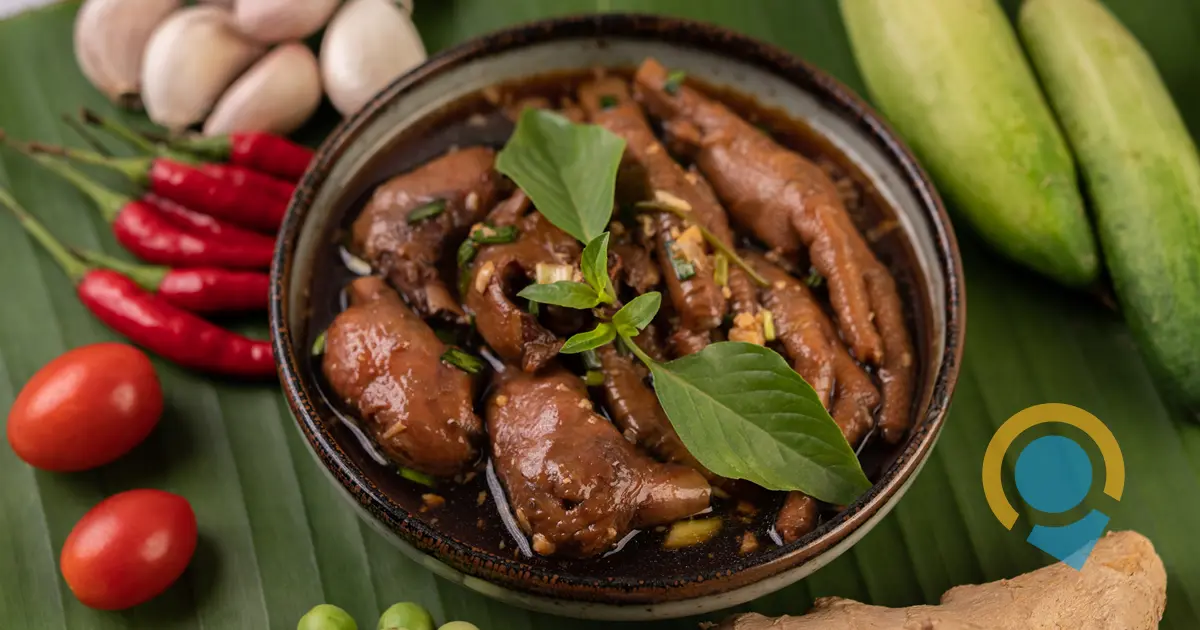
Filipino cuisine is a delightful fusion of Malay, Spanish, Chinese, and American influences, resulting in a unique and flavorful culinary landscape. Be sure to sample these iconic dishes:
- Adobo: Often considered the national dish, Adobo features pork or chicken (or both) braised in a savory and tangy sauce made from soy sauce, vinegar, garlic, and peppercorns. Each family has its own recipe, making it a endlessly varied and comforting dish.
- Sinigang: A wonderfully sour and savory soup, Sinigang is characterized by its tamarind-based broth. It can be made with various proteins like pork, shrimp, or fish, and is packed with vegetables like radish, taro, kangkong (water spinach), and string beans. It’s incredibly comforting, especially on a rainy day.
- Lechon: A celebratory dish, Lechon is a whole roasted pig, slow-cooked to perfection, resulting in incredibly crispy skin and succulent, flavorful meat. While found throughout the country, Cebu is particularly renowned for its Lechon, often considered the best. Don’t miss trying it if you have the chance!
- Halo-Halo: This translates to “mix-mix” and is the ultimate Filipino cold dessert. It’s a colorful and refreshing concoction of shaved ice, sweet beans, jellies, fruit, leche flan (creme caramel), ube (purple yam) ice cream, and often topped with evaporated milk and a sprinkle of toasted rice. Perfect for beating the tropical heat!
- Other Must-Trys: Don’t stop there! Also look out for Pancit (stir-fried noodles), Lumpia (spring rolls), Kare-Kare (oxtail stew in peanut sauce), and various fresh seafood preparations.
8. Travel Safety Tips
While the Philippines is generally safe for tourists, common sense and awareness are your best allies for a smooth trip:
- Nighttime Safety: As with any unfamiliar place, avoid walking alone in poorly lit or deserted areas at night. When out late, use ride-hailing services like Grab or pre-arranged transport.
- Watch for Common Scams: Be vigilant for common tourist scams. This can include inflated tour rates, overly pushy vendors, or “friendly” strangers offering unsolicited help that leads to a scam. Always agree on prices for unmetered services (like tricycles) before you start your journey. For taxis, insist on metered fares.
- Secure Your Belongings: Pickpocketing can occur in crowded areas, especially in major cities and public transport hubs. Keep your valuables secure, preferably in a front pocket or a money belt. Be particularly attentive in crowded markets, bus terminals, and tourist attractions.
- Weather Advisories: The Philippines is prone to typhoons and tropical depressions, especially during the rainy season. Regularly check local news and weather advisories (e.g., from PAGASA, the Philippine Atmospheric, Geophysical and Astronomical Services Administration) if traveling between June and October. Be prepared for potential flight or ferry cancellations.
- Respect Local Laws: Be aware of and respect local laws and customs. Drug offenses carry severe penalties.
9. Internet & Connectivity
Staying connected in the Philippines is generally easy in populated areas, but connectivity can vary in remote regions.
- Local SIM Card: The most convenient way to stay connected is to purchase a local SIM card upon arrival at the airport or from authorized dealers. Globe Telecom and Smart Communications are the two main providers. For around $5-$10 USD, you can get a SIM card with generous data allowances (e.g., 10GB or more), valid for several days or weeks. Make sure your phone is unlocked to accept foreign SIMs.
- Wi-Fi Reliability: While hotels, cafes, and many restaurants offer free Wi-Fi, its reliability and speed can be inconsistent, particularly in more remote or rural areas. Don’t solely rely on Wi-Fi for critical tasks.
- Offline Maps: Before heading to less developed areas, download offline maps (e.g., Google Maps) for navigation. This is invaluable when you lose signal.
- Portable Wi-Fi Devices: For groups or those needing constant connectivity, consider renting a portable Wi-Fi device or using your phone’s hotspot feature with a local SIM.
10. What to Pack for Your Trip
Packing smart for the Philippines means preparing for tropical heat, humidity, and plenty of water activities:
- Light, Breathable Clothing: Due to the perpetual tropical heat and humidity, pack light, airy clothing made from natural fabrics like cotton or linen. Think shorts, t-shirts, sundresses, and swimwear.
- Reef-Safe Sunscreen: Many popular beach and marine conservation areas (like those in Palawan) are now enforcing the use of reef-safe sunscreen to protect their delicate coral reefs. Check labels and pack accordingly to avoid harmful chemicals.
- Power Bank: Power outages are a reality in some parts of the Philippines, especially in rural towns or during bad weather. A fully charged power bank is essential to keep your phone and other devices powered up.
- Dry Bag or Waterproof Pouch: This is an absolute must-have for island-hopping tours, beach days, and any water-based activities. It will protect your phone, wallet, camera, and other valuables from splashes, rain, and accidental submersions.
- Insect Repellent: Especially important if you plan to visit rural or forested areas, or during the rainy season, to protect against mosquitoes.
- Basic First-Aid Kit: Include essentials like pain relievers, band-aids, antiseptic wipes, and any personal medications.
- Reusable Water Bottle: Stay hydrated and reduce plastic waste by carrying a reusable water bottle. Many hotels and resorts offer water refill stations.
- Adapter: The Philippines uses Type A, B, and C outlets (two flat parallel pins or two round pins). Ensure you have the correct universal adapter if needed.
- Light Rain Jacket or Umbrella: Even during the dry season, unexpected showers can occur. A light rain jacket or compact umbrella is useful.
Final Thoughts: Plan Smart, Travel Happy
The Philippines truly offers an unparalleled mix of thrilling adventure, breathtaking natural beauty, and a heartwarming culture that will leave a lasting impression. By following these expert tips, you’ll be well-equipped to avoid common travel mishaps and fully immerse yourself in the magic of the islands.
Whether you’re diving into the pristine waters of Palawan, exploring the ancient rice terraces of Banaue and the unique culture of Sagada, or dancing the night away on the shores of Boracay, let this comprehensive guide be your key to a fun, safe, and truly memorable journey.
Ready to escape to paradise? Pack your essentials, secure those cheap flights, and discover why the Philippines is undeniably one of Asia’s most beloved and rewarding travel gems. Maligayang paglalakbay! (Happy travels!)

